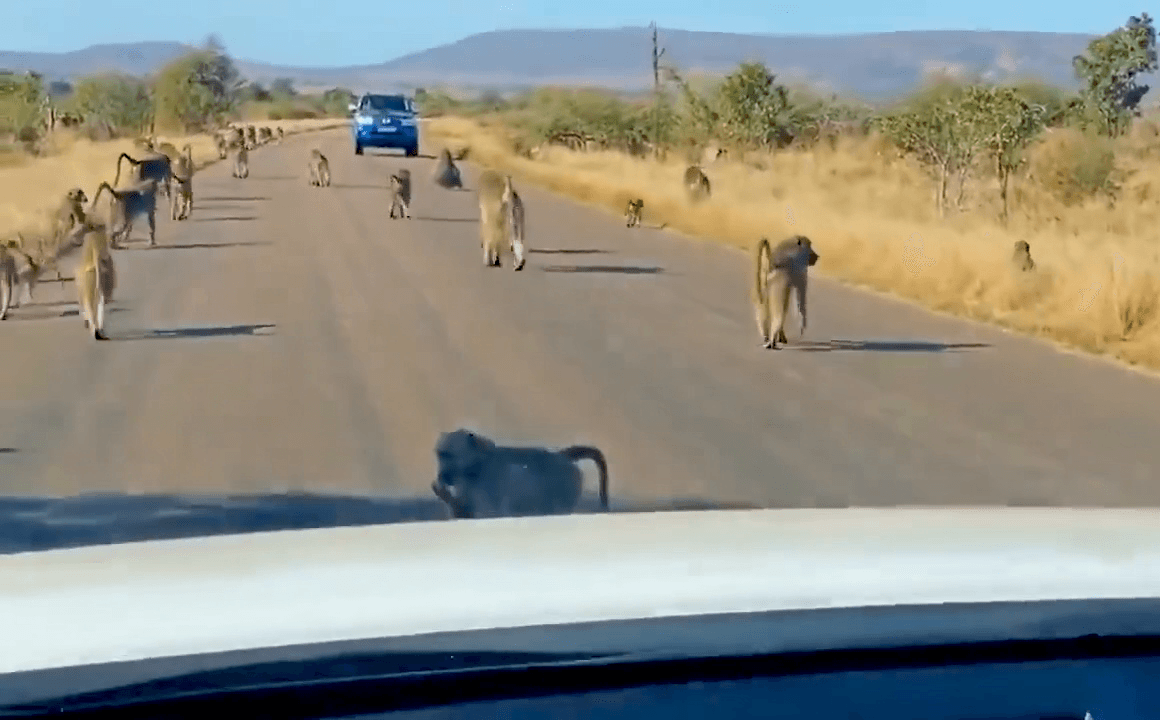
’'Un arret dans le temps...’’💫 📍Gnou bleu, Amboseli 🇰🇪 #wildebeest #blue #slowmotion #canonR5 #wildlife #travel #nature #safari #amboseli #kenya #walking #flamingo
Post: 26 September 09:41

Post: 26 September 09:41

Post: 20 May 10:56
Post: 17 October 11:15

Post: 4 September 11:28

Post: 27 August 07:43

Post: 10 July 06:08

Post: 5 July 09:36

Post: 2 July 14:11

Post: 27 March 03:18

Post: 21 June 06:23

Post: 16 June 08:08

Post: 16 June 06:13